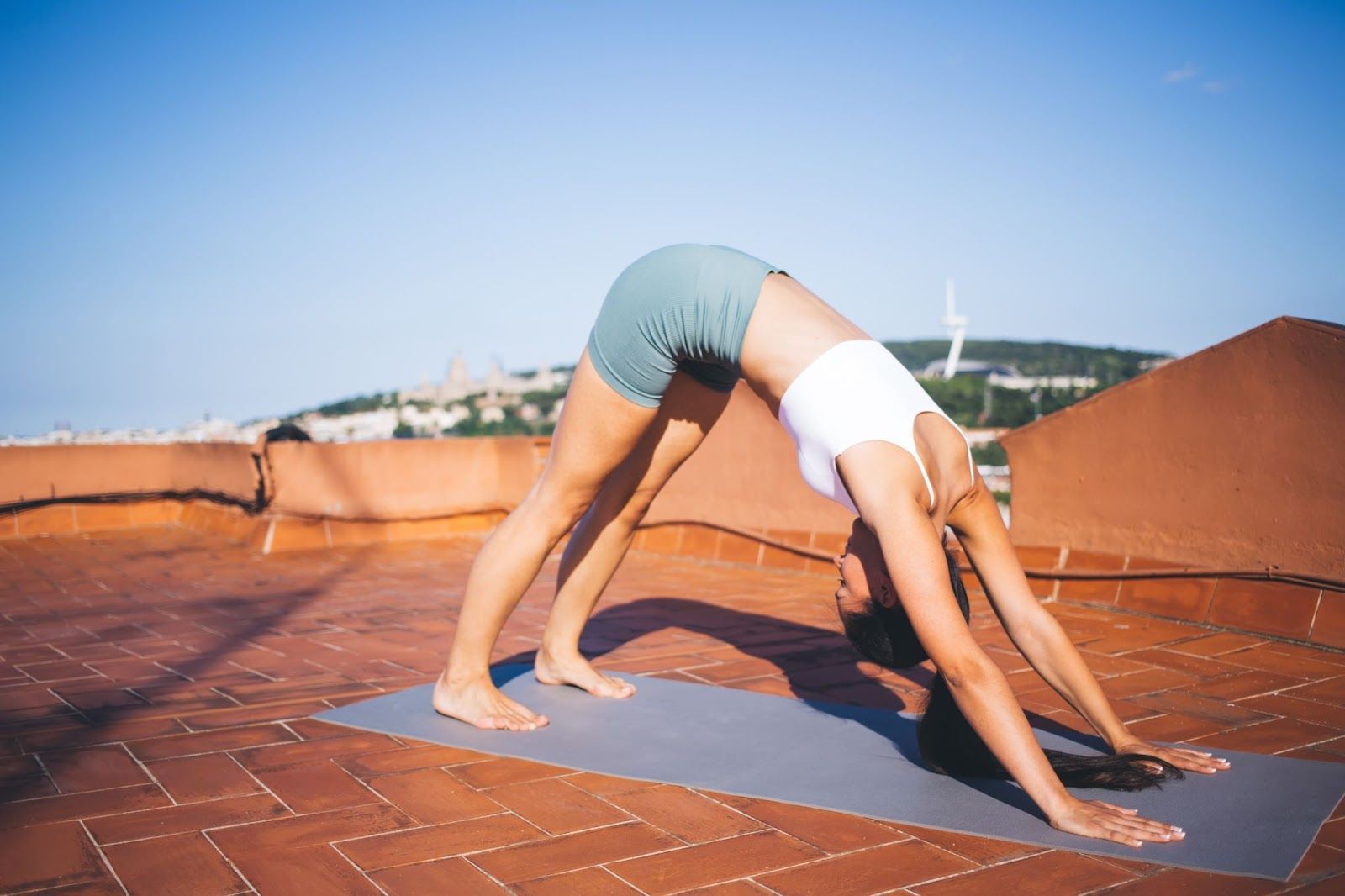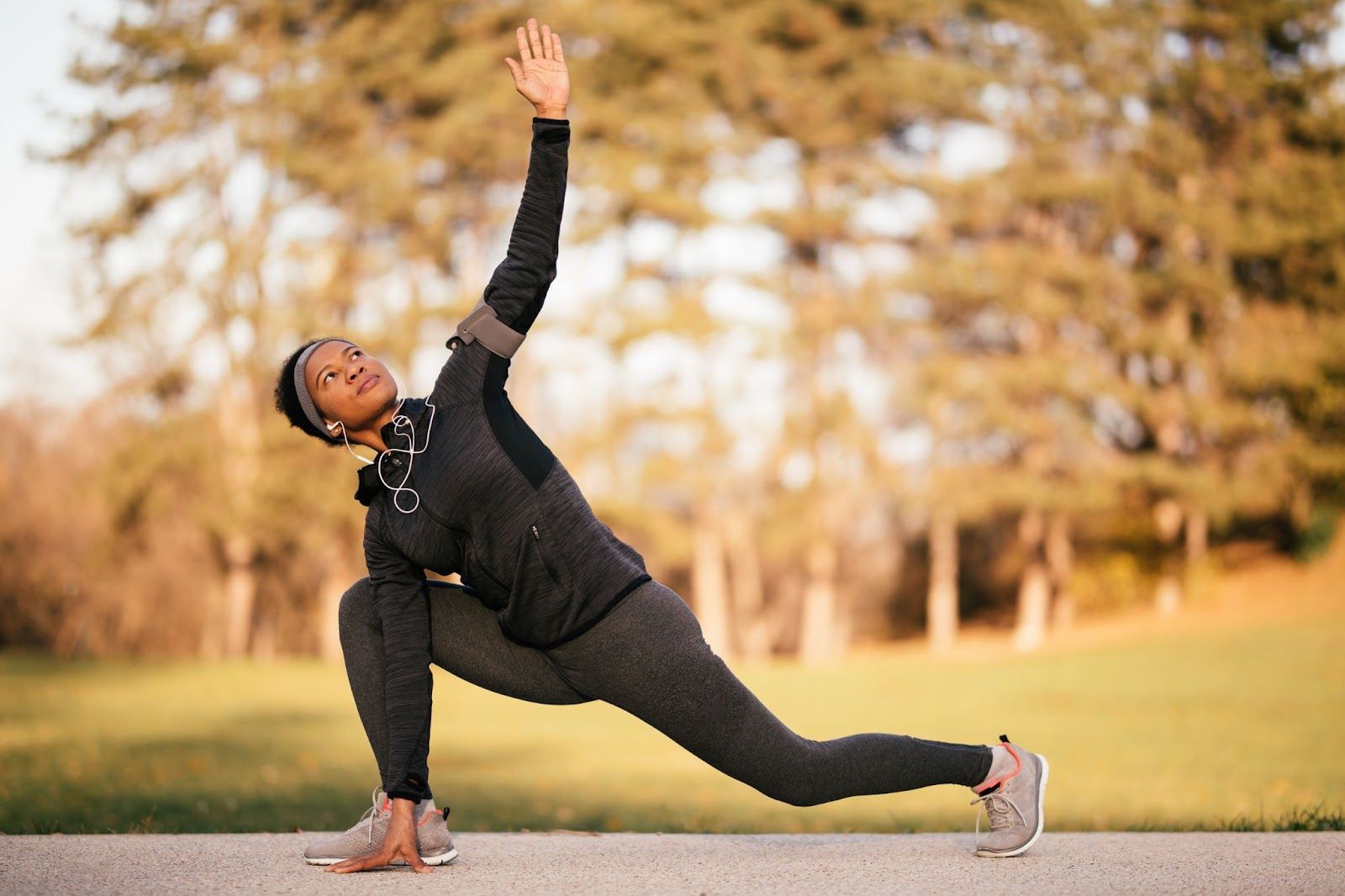5 Common Stretching Mistakes and How to Avoid Them
Stretching is often touted as a crucial component of any fitness routine. It helps improve flexibility, reduce muscle stiffness, and prevent injury. However, despite its apparent simplicity, stretching can be easily misunderstood and improperly executed.
Making Stretching Mistakes
Many individuals unknowingly make common stretching mistakes that can hinder their progress and even lead to injuries. Understanding these mistakes and knowing how to avoid them is essential for maximizing the benefits of stretching. In this article, we'll delve into five common stretching mistakes and provide tips on how to perform each stretch correctly.
Mistake#1: Skipping Warm-Up
One of the most prevalent mistakes people make when stretching is skipping the warm-up. Jumping straight into stretching cold muscles can increase the risk of injury and limit the effectiveness of the stretch.
More Prone to Tears
Cold muscles are less pliable and more prone to tears or strains. Additionally, a proper warm-up increases blood flow to the muscles, making them more receptive to stretching.
How to Avoid It
Before starting any stretching routine, spend at least 5-10 minutes engaging in a light cardiovascular activity such as jogging, cycling, or jumping jacks. This will elevate your heart rate and gradually increase blood flow to your muscles. Follow it up with dynamic stretches, which involve moving your muscles and joints through a full range of motion without holding any position for an extended period.
Examples of Dynamic Stretches
Examples include arm circles, leg swings, and torso twists. Once you've completed your warm-up, proceed with static stretches.
Mistake#2: Bouncing or Jerking
Another common mistake during stretching is bouncing or jerking movements, also known as ballistic stretching. This type of stretching involves rapid and repetitive bouncing motions to force a muscle to stretch further. While it may seem like a more effective way to increase flexibility, it can lead to muscle strain, micro-tears, and decreased flexibility over time.
How to Avoid It
Instead of bouncing or jerking, opt for static stretching, where you hold a stretch position for 15-30 seconds without any bouncing movements. This allows the muscle to gradually lengthen and relax, promoting flexibility safely.
Deep Breathing
Focus on breathing deeply and exhaling as you gently ease into the stretch. Remember, stretching should never be painful. If you feel discomfort, ease off the stretch slightly until you find a comfortable position.
Mistake#3: Holding Your Breath
Many people hold their breath while stretching, especially when trying to push themselves into a deeper stretch. However, this can increase tension in the muscles and restrict blood flow, negating the benefits of the stretch and potentially causing dizziness or lightheadedness.
How to Avoid It
Practice mindful breathing during stretching exercises. Inhale deeply through your nose as you prepare for the stretch, and exhale slowly through your mouth as you ease into the stretch.
Breathing
Focus on maintaining a steady rhythm of breath throughout the stretch, allowing your body to relax and release tension with each exhale. This not only enhances the effectiveness of the stretch but also promotes relaxation and stress relief.
Mistake#4: Overstretching
Trying to achieve a greater range of motion by forcing your body into extreme positions is a common mistake that can lead to injury. Overstretching can cause muscle strains, ligament sprains, and joint instability, ultimately impeding your progress and increasing the risk of long-term damage.
How to Avoid It
Listen to your body's signals and respect your limits. Stretch only to the point of tension, not pain. You should feel a gentle pull or mild discomfort during a stretch, but it should never be painful.
Don’t Push Yourself
Avoid pushing yourself beyond your natural range of motion, especially if you're new to stretching or recovering from an injury. Instead, focus on gradually increasing flexibility over time through consistent and controlled stretching routines.
Mistake#5: Neglecting Muscle Imbalances
Ignoring muscle imbalances during stretching can exacerbate existing asymmetries and lead to further complications down the line. Muscle imbalances occur when certain muscles are stronger or tighter than their opposing muscles, which can affect posture, movement patterns, and overall performance.
How to Avoid It
Incorporate stretches that target both the primary muscles and their antagonists to maintain balance and symmetry in your body. For example, if you're stretching your quadriceps (front thigh muscles), also include stretches for the hamstrings (back thigh muscles) to ensure proper alignment and function.
Areas to Look Out For
Pay attention to any areas of tightness or weakness and adjust your stretching routine accordingly. Additionally, complement your stretching routine with strength training exercises to address muscle imbalances and improve overall stability and mobility.
Incorporating Variety and Progression
While it's crucial to avoid common stretching mistakes, it's equally important to understand the value of incorporating variety and progression into your stretching routine. Many individuals stick to the same set of stretches day after day, which can lead to plateaus in flexibility gains and reduced motivation over time.
How to Embrace It
Introduce variety into your stretching routine by exploring different types of stretches and techniques. Experiment with dynamic stretching, passive stretching, proprioceptive neuromuscular facilitation (PNF) stretching, and foam rolling to target muscles from various angles and stimulate different proprioceptors in the body.
Incorporate Stretches
Additionally, incorporate stretches that focus on specific areas of tightness or mobility restrictions, such as hip openers for sedentary individuals or shoulder stretches for desk-bound workers.
Prioritize Progression
Furthermore, prioritize progression in your stretching routine by gradually increasing the intensity, duration, or complexity of your stretches over time. This can involve holding stretches for longer durations, gradually deepening the stretch as flexibility improves, or incorporating advanced variations of familiar stretches. Keep track of your progress by maintaining a stretching journal or using fitness tracking apps to monitor improvements in flexibility and range of motion.
Embracing Variety
By embracing variety and progression in your stretching routine, you'll not only keep your workouts engaging and effective but also continue to challenge your body and reap the rewards of increased flexibility, mobility, and overall well-being. Remember to listen to your body, stay consistent, and enjoy the journey of discovering newfound flexibility and freedom of movement.

Maximize the Benefits of Stretching
By warming up properly, avoiding bouncing or jerking movements, practicing mindful breathing, respecting your body's limits, and addressing muscle imbalances, you can maximize the benefits of stretching and achieve optimal results in your fitness journey. Remember, consistency and patience are key, so make stretching a regular part of your routine and reap the rewards of a flexible and resilient body.
Visit our
StretchX blog for more stretching tips and learn more about professional solutions for your long-term comfort and health.




